Internal Versus External Hemorrhoids: A Complete Comparison
External and internal hemorrhoids can cause pain, itching, swelling, inflammation, and general discomfort. However, several conditions differ between external and internal hemorrhoids. External hemorrhoids are apparent and cause discomfort, whereas internal hemorrhoids are painless but can cause bleeding.
Hemorrhoids, whether internal or external, can cause discomfort in the forms of pain, itching, swelling, inflammation, and irritation. While both types stem from inflamed blood vessels in the rectum or anus, they differ in their symptoms and how they affect the body. External hemorrhoids are visible and tend to cause more discomfort, while internal hemorrhoids are often painless but can lead to bleeding.
Hemorrhoids are a common condition, affecting over half of individuals over the age of 50. The discomfort they cause can range from mild irritation to severe pain, which sometimes starts affecting daily life and makes treatment a necessity.
In recent years, many patients from African countries, such as Nigeria, have increasingly travelled to India for hemorrhoids treatment because of the high cost of treatment and waiting time in getting advanced treatments. India has become a top medical tourism destination because of its world-class infrastructure, advanced treatment options, and affordable care. For many, wanting hemorrhoids treatment, India offers affordable and top-notch treatment options.
But to get the right treatment plan, one must first understand what internal and external hemorrhoids are and their differences. This blog will explain everything you need to know about the differences between external and internal hemorrhoids, including their symptoms, causes, and the treatment options.
What are Hemorrhoids?
Hemorrhoids or piles, are swollen veins in the lower rectum and anus. Sometimes, the walls of these blood vessels can thin to the point that they cause varicose veins and rectal bleeding, becoming uncomfortable, especially during bowel movements. They can lead to pain, itching, swelling, inflammation, and general discomfort. While hemorrhoids often resolve on their own, getting treatment can speed up the healing process and reduce the risk of infections.
What are the Hemmorhoids Symptoms?
Hemorrhoids can show themselves in the form of a number of symptoms, depending on whether they are internal or external. Identifying these symptoms early can help you get timely and better treatment. Let’s understand what the hemorrhoids symptoms are:
■ External Hemorrhoids
External hemorrhoids occur outside the anus and are more uncomfortable. Its symptoms can be:
- Pain & discomfort
- Swelling
- Itching
- Bleeding
- Lumps or protrusions
■ Internal Hemorrhoids
Internal hemorrhoids are located inside the rectum, are less visible and often less painful. However, they can still cause discomfort and other symptoms, including:
- Bleeding
- Mucus discharge
- Prolapse
- Discomfort
What are the Different Types of Hemorrhoids?
Piles, also known as hemorrhoids, are swollen veins in the lower rectum or anus. Based on their location, hemorrhoids are classified into two types:
1. Internal Hemorrhoids
- Internal hemorrhoids are defined by the inflammation and swelling of blood vessels within the anus and appear above the dentate line in the lower rectum. These veins can swell and engorge, giving way to various symptoms.
- They are usually painless and often go unnoticed until they cause bleeding during bowel movements. Blood may be seen on toilet paper, in the toilet bowl, or on the stool.
- The bleeding is bright red and intermittent, occurring because the enlarged veins are more susceptible to irritation and rupture during stool passage.
- Although internal hemorrhoids are not typically a serious medical condition, they can cause discomfort, itching, and irritation. In some cases, internal hemorrhoids can become thrombosed, meaning blood clots form within them, causing severe pain and swelling.
If you suspect you have internal hemorrhoids or are experiencing rectal bleeding, you should consult with a surgeon and get a thorough diagnosis and treatment. They can advise you better on how to manage symptoms and provide recommendations to relieve pain and promote healing based on that.
2. External Hemorrhoids
- External hemorrhoids can be characterised by the swelling and irritation of blood vessels beneath the skin near the anus. These enlarged blood vessels can cause significant discomfort.
- Symptoms of this condition include pain, itching, swelling, and irritation, which may worsen after bowel movements, prolonged sitting, or excessive straining. Friction from clothing or irritation due to moisture in the anal area can also exacerbate the discomfort.
- External hemorrhoids can also become thrombosed, meaning blood clots form within them. Thrombosed external hemorrhoids are particularly painful and may appear as a bluish-purple lump. The pain can be severe, especially while sitting, walking, or during bowel movements.
Internal hemorrhoids vs. External Hemorrhoids
| Feature | Internal Hemorrhoids | External Hemorrhoids |
|---|---|---|
| Location | Inside the rectum, above the dentate line | Under the skin around the anus |
| Symptoms | Risk of bleeding during bowel movements | Pain, itching, swelling & discomfort |
| Visibility | Not visible, may prolapse outside during straining | Visible as lumps or bumps around the anus |
| Bleeding | Common, often bright red blood on toilet paper or stool | Rarely causes bleeding, but can cause discomfort |
| Pain | Usually painless unless thrombosed | Painful, especially when sitting or during bowel movements |
| Treatment | Rubber band ligation, sclerotherapy, surgery | Hemorrhoidectomy, stapled hemorrhoidopexy |
What Causes Hemorrhoids?
Various conditions can lead to the development of hemorrhoids. Some common causes are:
■ Increased pressure during bowel movements: Straining during bowel movements due to constipation or diarrhoea can increase pressure in the rectal and anal areas and lead to the formation of hemorrhoids.
■ Pregnancy: The increased weight and strain on the pelvic area during pregnancy can contribute to the development of hemorrhoids during pregnancy. Hormonal changes during pregnancy can also cause blood vessels to expand.
■ Sedentary Lifestyle: Sitting or standing for long periods without movement can place pressure on the veins in the lower abdomen, leading to hemorrhoids and additional conditions like constipation.
■ Aging: As we age, the tissues supporting the veins in the rectal area weaken, making them more prone to swelling and inflammation.
■ Obesity: Being overweight or obese can increase pressure on the rectal veins, and lead to the development of hemorrhoids.
■ Dehydration: Insufficient fluid intake can lead to hard and dry stools, causing constipation which increases the risk for hemorrhoids.
■ Low-Fiber Diet: As fibre helps add bulk to stool and helps in maintaing regular bowel movements., the risk of hemorrhoids rises with a less-fibre diet when the stools are firm and difficult to pass.
■ Genetics: Some people may be genetically predisposed to developing hemorrhoids, if their immediate relatives have a history of that condition.
What are the Hemmorhoids Treatment Options?
Both external and internal hemorrhoids require different treatment options depending on the severity of the condition. Some of the treatment options include haemorrhoidectomy, THD, laser hemorrhoid surgery, home remedies for hemorrhoids and more. They are:
■ Non-surgical Hemorrhoids treatment:
For mild cases of hemorrhoids, non-surgical treatments and home remedies such as hydrocortisone creams or witch hazel ointments can reduce inflammation and discomfort. Sitz baths, where the anal area is soaked in warm water, help soothe pain and swelling. Increasing fibre intake or using supplements can soften stool, reduce straining, and prevent further irritation. For internal hemorrhoids, rubber band ligation is a minimally invasive procedure that cuts off blood flow to the hemorrhoid, causing it to shrink and fall off. If these resorts do not work for you, you can consult with a qualified general surgeon and check your suitability for the surgery.
■ Surgical Hemorrhoids treatment:
Hemorrhoidectomy: Hemorrhoidectomy is the surgery to completely remove hemorrhoids and is often used to treat large external and internal hemorrhoids that have not responded to conservative treatments.
Stapled Hemorrhoidopexy (Prolapse and Hemorrhoids, or PPH): This procedure is mainly used for treating prolapsed internal hemorrhoids. The hemorrhoids in this treatment are lifted and repositioned back into their normal place using a circular stapling device, improving blood flow and reducing discomfort.
THD (Transanal Hemorrhoidal Dearterialization): THD is a minimally invasive treatment option for internal hemorrhoids. It involves using Doppler ultrasound to locate the arteries supplying blood to the hemorrhoids, then ligate them with sutures, and cause the hemorrhoids to shrink.
Surgery is usually only considered when the other hemorrhoid treatment options have failed or when hemorrhoids are particularly severe. The decision to undergo surgery depends on factors like the severity of symptoms, the size and location of hemorrhoids, and the overall health of the patient.
Why India is the Best Option for Getting Hemorrhoids Treatment?
India is one of the most preferred countries for getting hemorrhoid treatments worldwide because of its excellent healthcare infrastructure and cost-effective medical procedures. With its highly qualified surgeons, state-of-the-art infrastructure, and advanced treatment options, India comes out as a top option for getting medical procedures done.
Here is a cost comparison table, comparing the hemorrhoid treatment cost in India vs. other countries:
| Country | Hemorrhoids Treatment Cost |
|---|---|
| India | $2,000 |
| US | $10,000 |
| UK | $4,000 |
| Australia | $4,500 |
What Did We Learn?
Hemorrhoids are bulging veins in the rectal and anal regions of the body. So if you want to see External hemorrhoids are apparent and cause discomfort, whereas internal hemorrhoids are frequently painless but cause bleeding. Constipation, hemorrhoids during pregnancy, and a sedentary lifestyle can all be causes of the condition. Depending on the severity, treatments can range from home cures to surgeries. To decide the best treatment option, you should first consult a general surgeon about your hemorrhoids treatment option and understand its risks, advantages, and the expected outcomes for external and internal hemorrhoids.












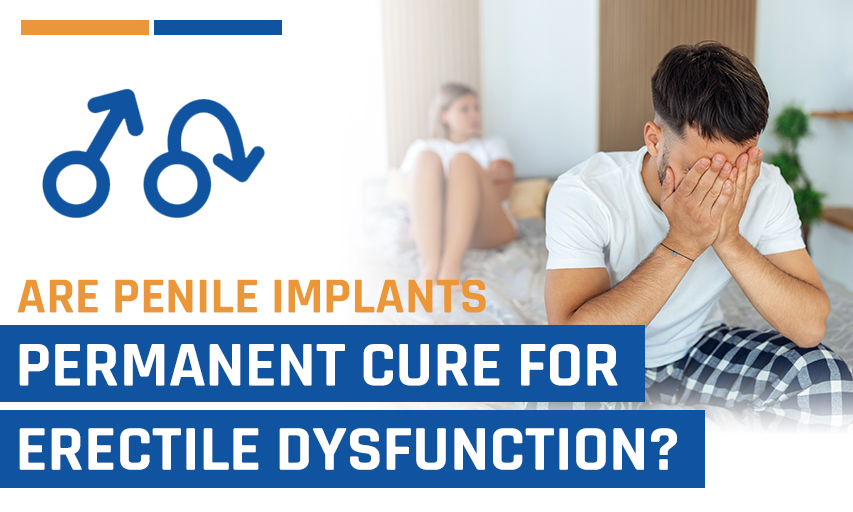
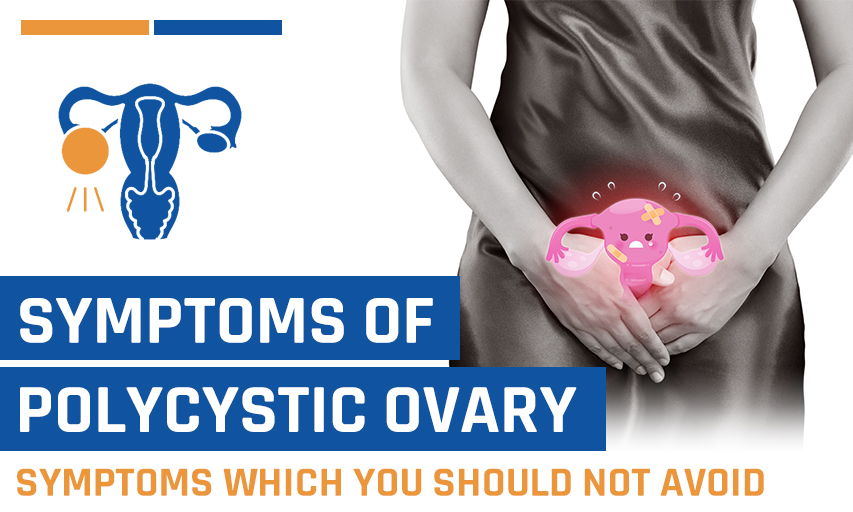

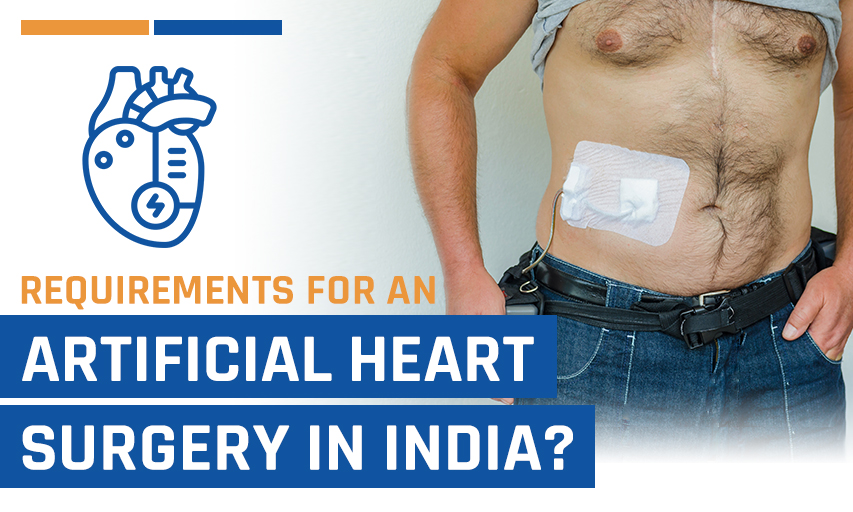
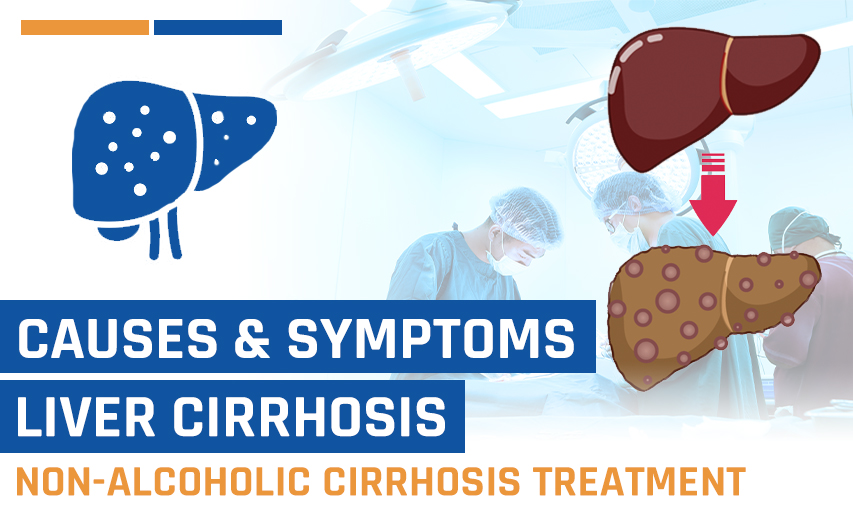
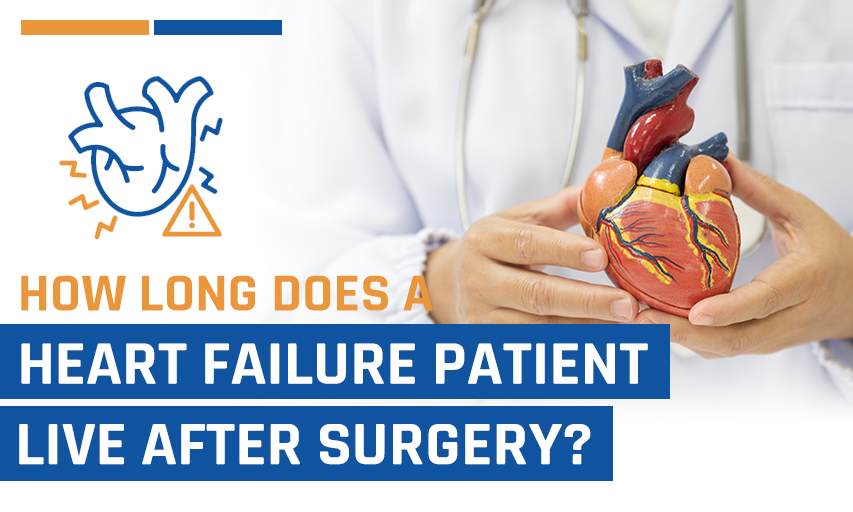


Be First To Comment
Leave a Comment